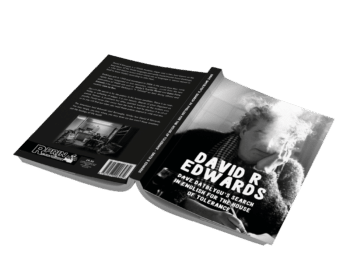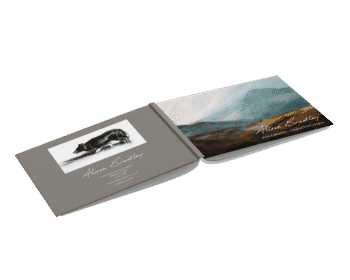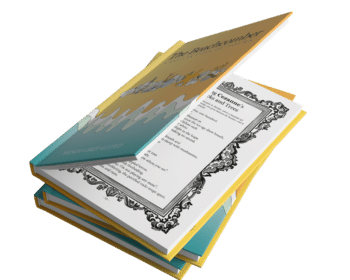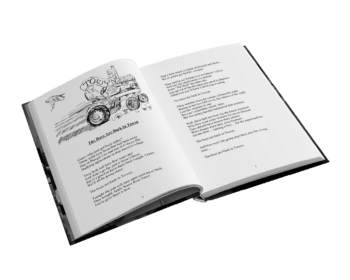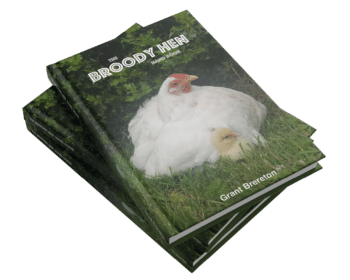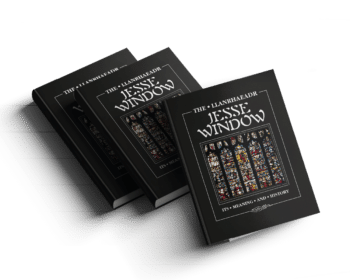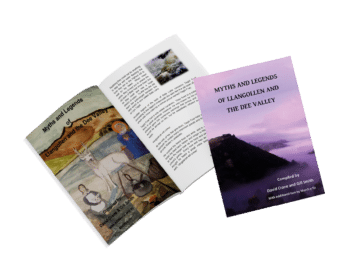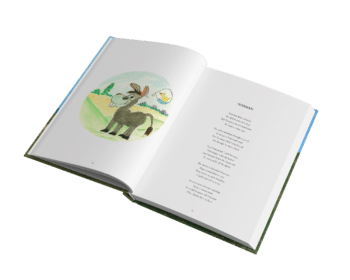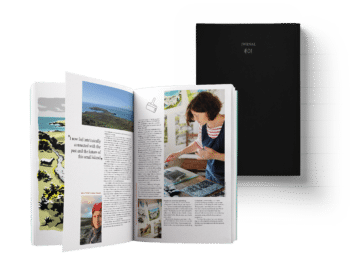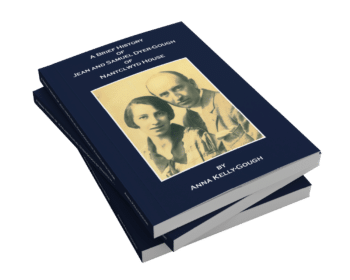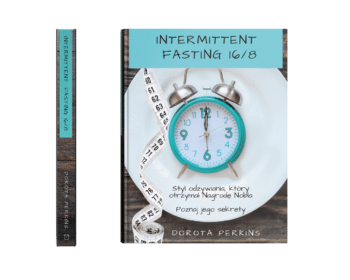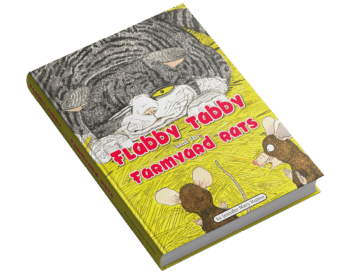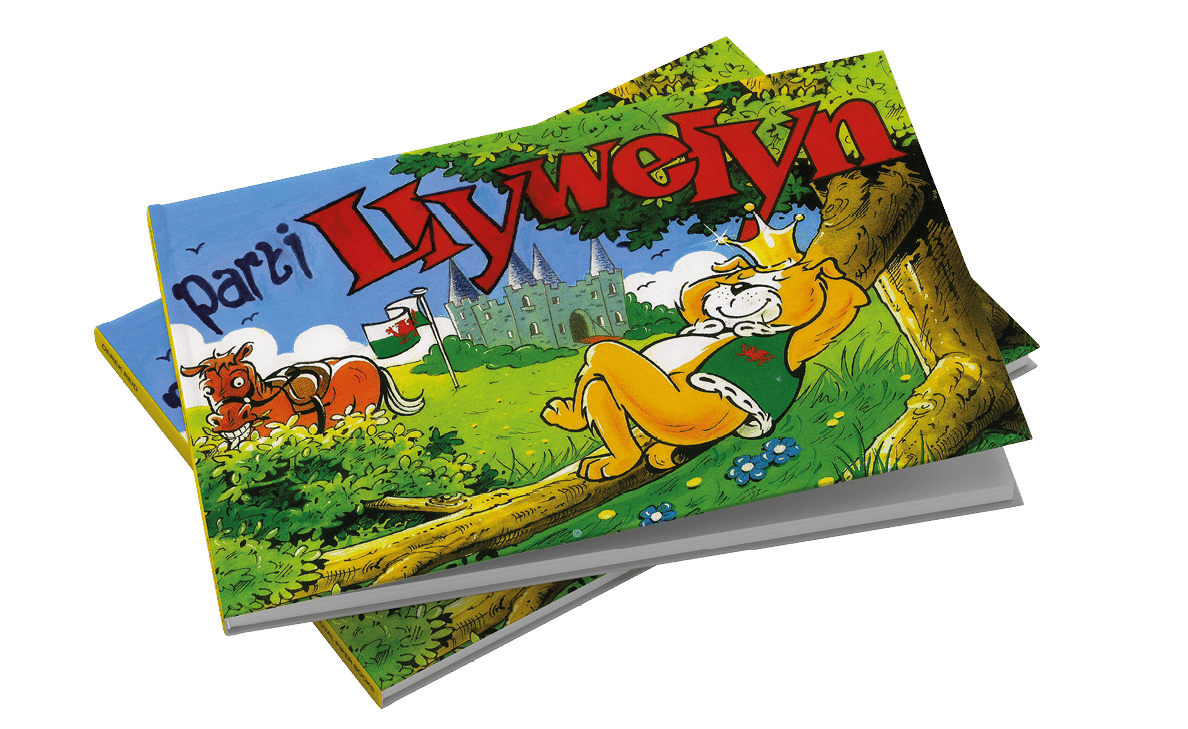
Book Printing
Achieve your dream of printing and publishing your very own book. It’s easier than you think and we’re here to help you every step of the way.
Book Printing North Wales
Introduction
Publishing and printing your own book should be a unique and deeply satisfying experience and we’re here to help you every step of the way.
Whatever subject your book covers, whether it is autobiographical, business related, local history, poetry or indeed anything else – we’ve got you covered.
If this is your first book printing project, you will probably have many questions to ask but with a little expert help and assistance there’s nothing to stop you enjoying the huge achievement of seeing your publication in print.
So, where to start?
You’ve probably spent many months, years even, researching and
gathering material for your new book and completed numerous edits, refinements, not to mention proofing stages – and now you’re almost ready to go to print.
So, if there are umpteen questions on your mind about the vital next step, you are not alone.
With 30 years of book printing experience in North Wales behind us, we know what it takes to take your raw manuscript through to the finished product and we want to help you enjoy the journey to make it a uniquely rewarding event.
In the following sections we’re going to cover all the commonly asked questions and concerns on first-time book publishers’ minds and … help to demystify some of the more arcane terminology which printers love to use.
How long will it take to print my book?
If this is your first book, the chances are that you’re going to need some help designing the front cover and setting the text pages out correctly.
All we need is your typed manuscript (Word or Mac Pages are fine) but we do ask that it has been spellchecked and that you have completed your final edit.
Of course, there are always a small number of little tweaks necessary here and there, but significant changes and rewrites can add to the cost substantially and … increase the time to completion.
However, if you have the skills and necessary software to design your book yourself, we can accept your Print Ready file to go straight to press.
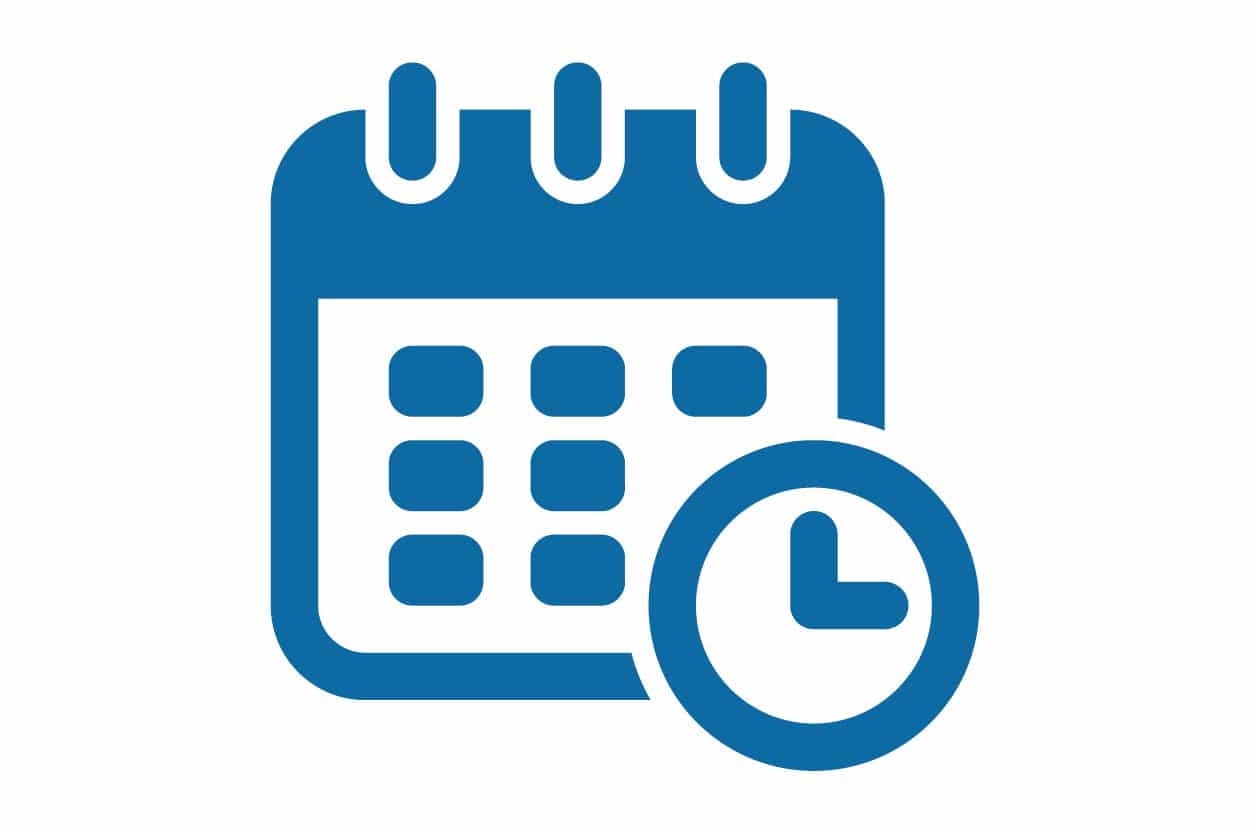
Copy
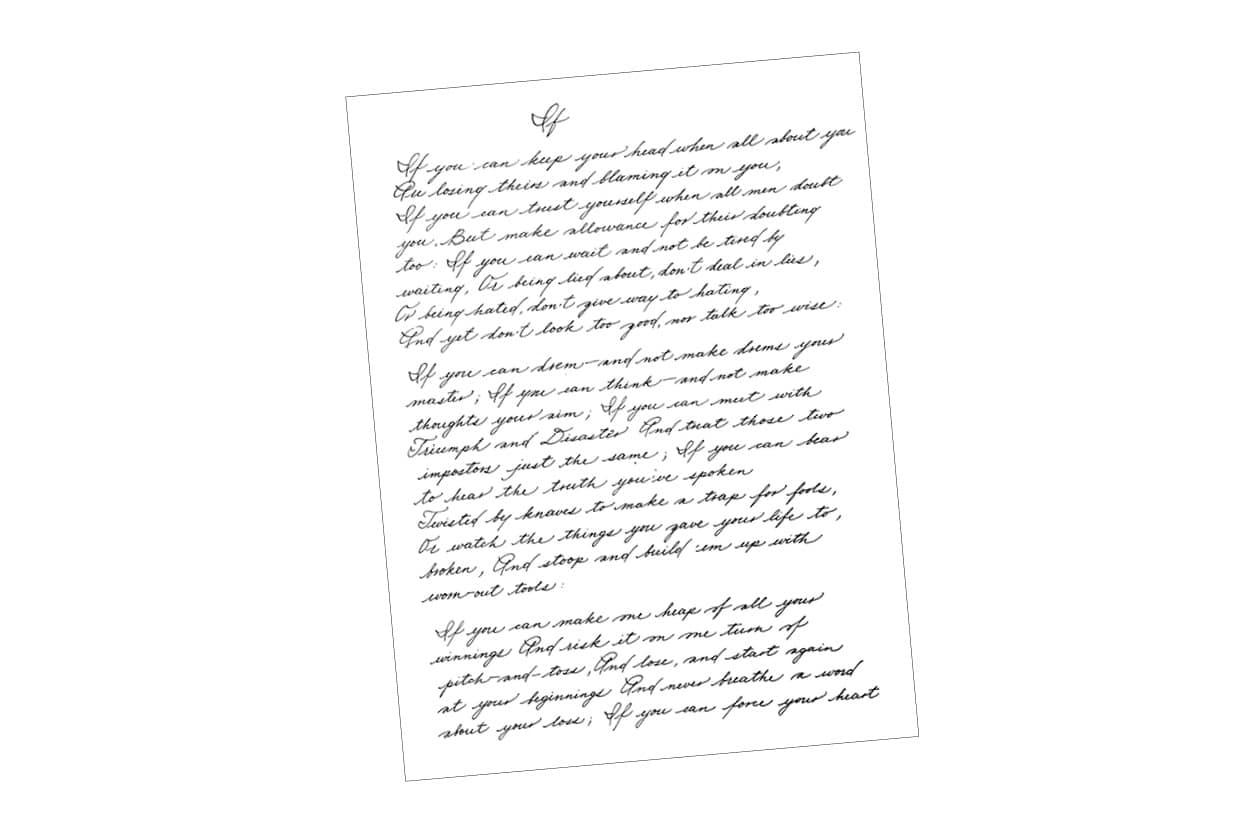
Book printing is not a lengthy, time consuming process, but there are factors which can have a significant effect in extending or shortening the time to delivery and the most significant of these is design.
Designing a book can take as long if not longer in some instances than the print process itself.
A short-run perfect bound book (see binding methods below) of, say, 100 copies might take as little as two weeks to print and bind.
But that does depend on you setting everything out correctly and having a print ready file good to go to press.
See more on design below.
Let’s have a no-obligation chat and help guide you through all the options.
Just leave us your name and number and a convenient time to call back and we’ll be in touch.

Layout and Margins
Achieving the correct page layout and margin settings is vitally important if you want your pages to be pleasing on the eye and easy to read and the key settings are detailed in Appendix 1 below.
If you are working in Word, we can supply you with a template with these key page layout and margin settings in place for you so you can hit the ground running.
However, if you are a bit of a design wizard and have experience with page layout in Microsoft Word, Microsoft Publisher or even Adobe InDesign and can provide a print ready file ready to go to press then you’ve done nearly all the heavy lifting and will have halved your time to print.
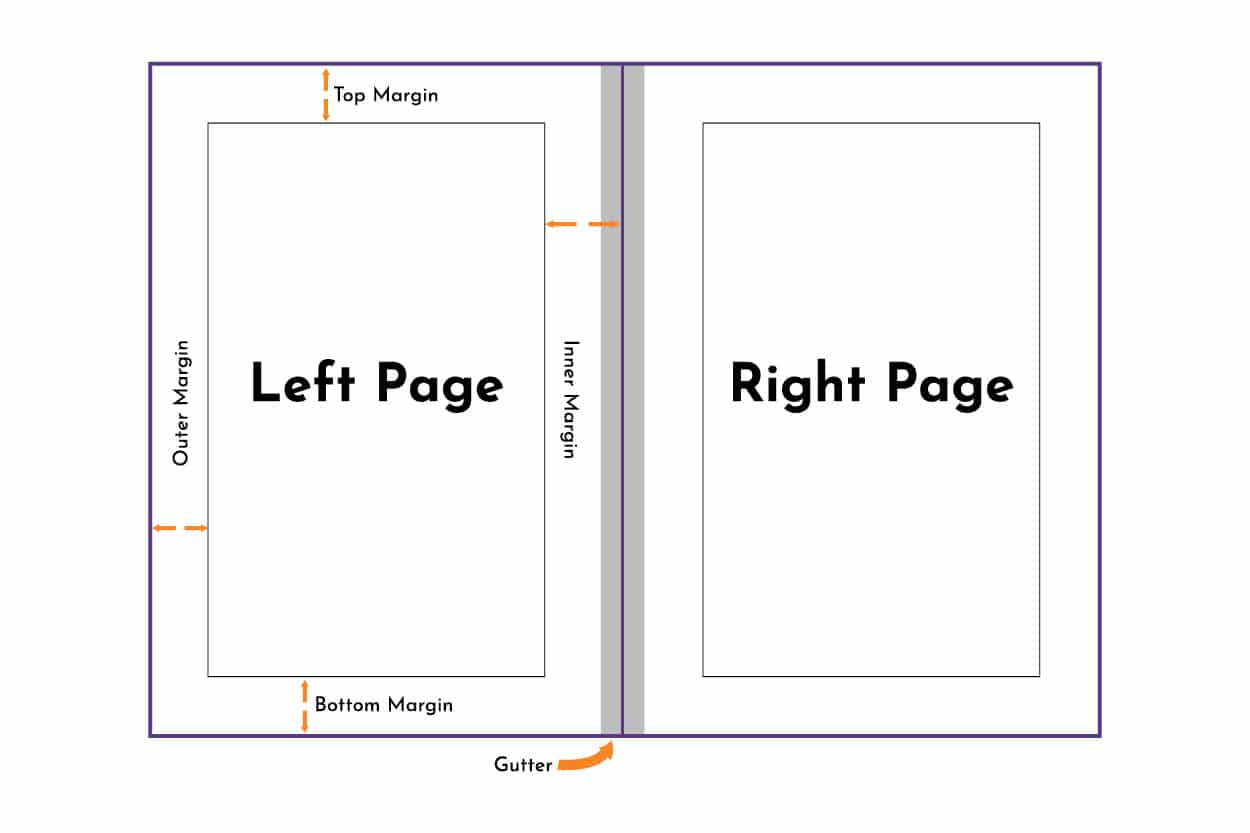
Font types
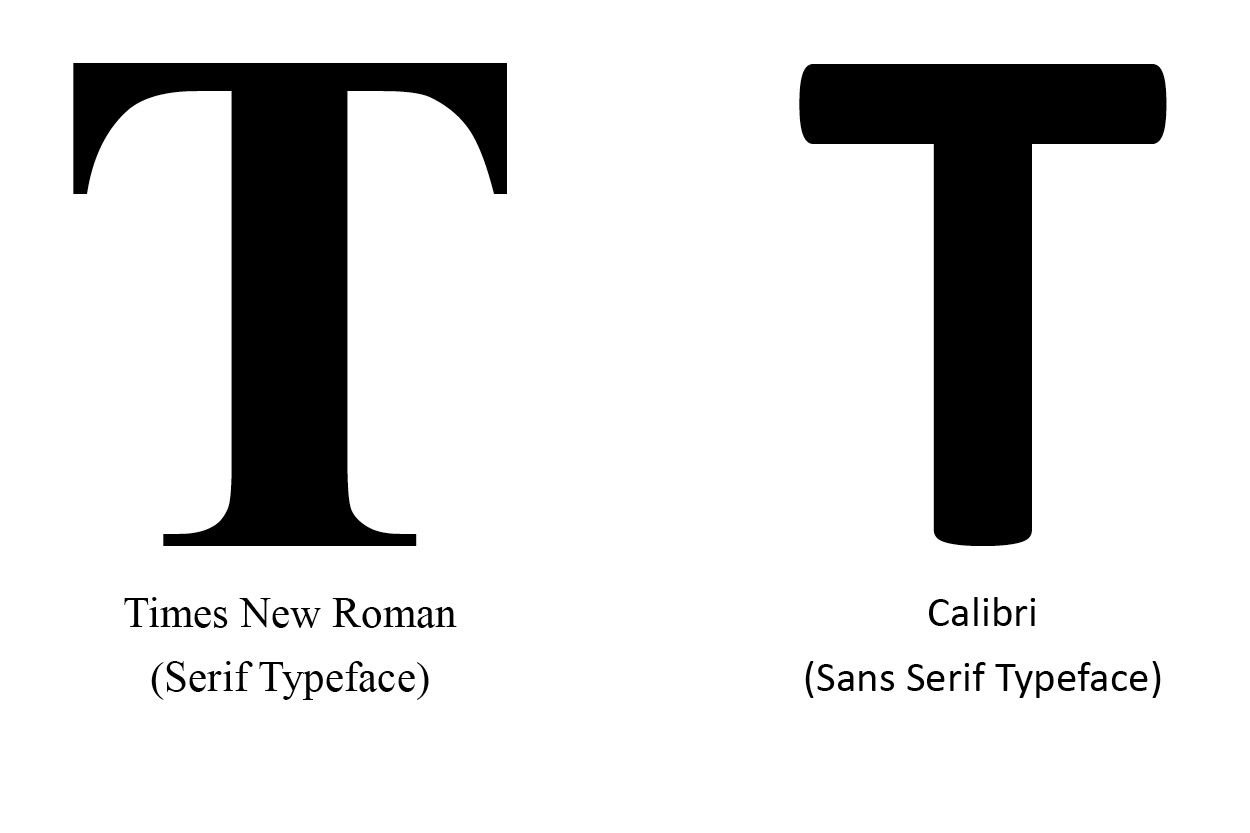
Typefaces suitable for book printing can be divided into two categories:
- Serif faces such as Times New Roman, Baskerville and Garamond for example which are ideal for body text and …
- Sans Serif faces such as Arial, Calibri, and Helvetica which are good for tables and titles.
Script fonts and fonts such as Comic Sans are unsuitable and make for very difficult reading so should be avoided.
Type size
Typically, 10point or 11point type would be used for the body text and 14point for section headers and chapter titles although larger type would typically be used for children’s books.
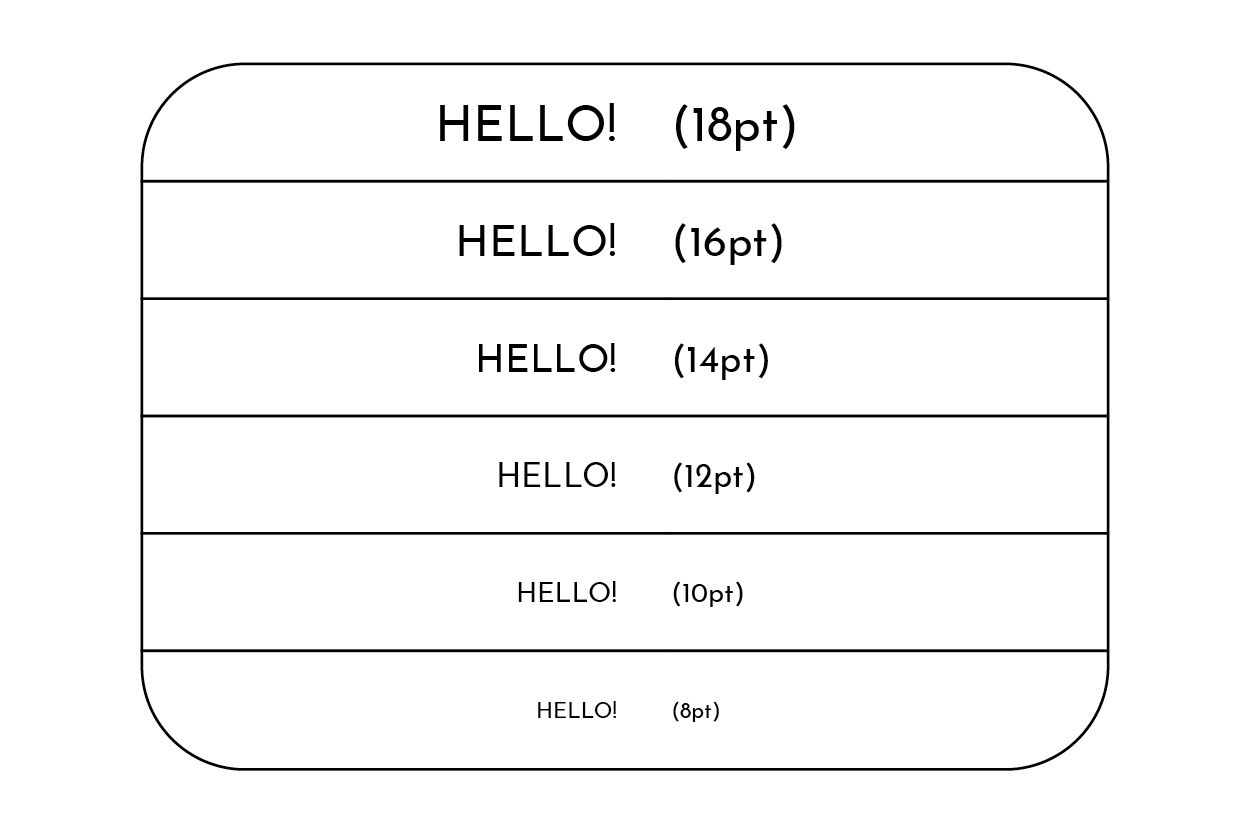
Page size
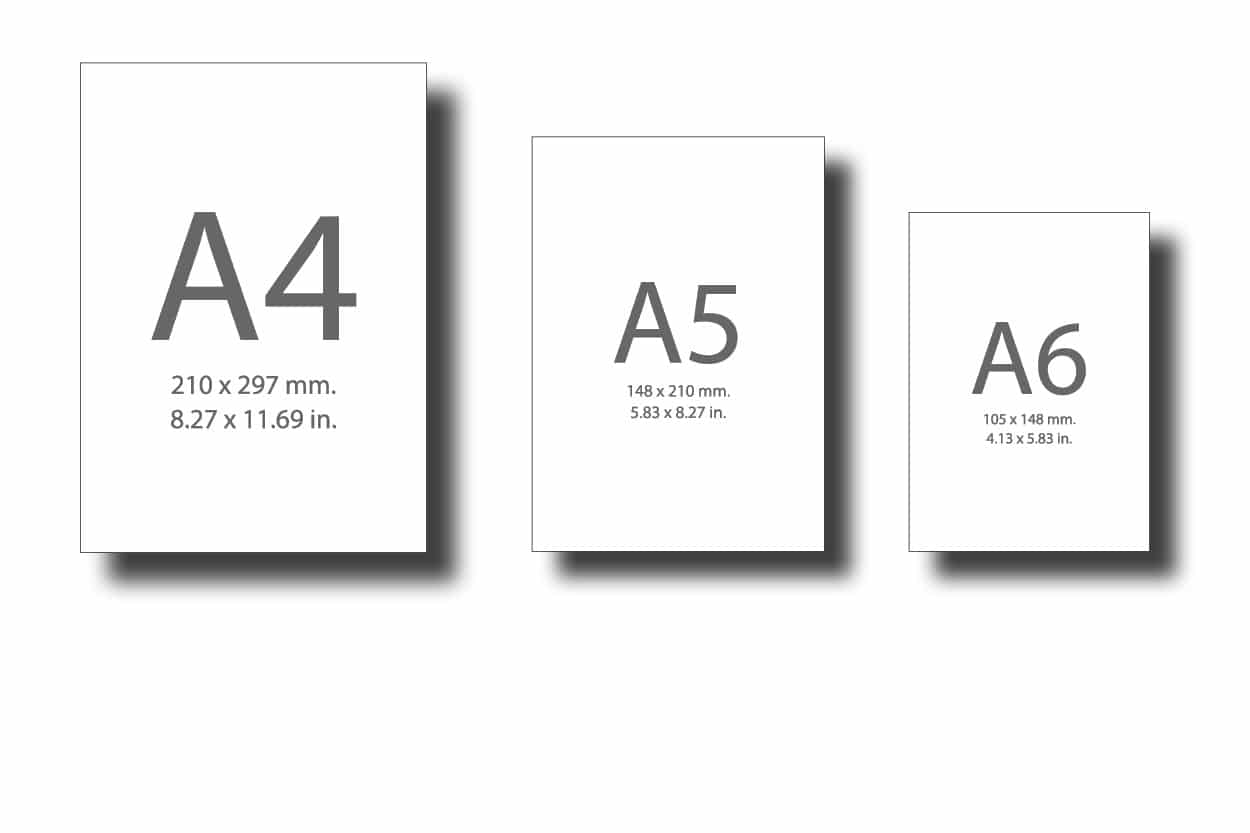
Standard sizes are:
- A6: 105mm wide x 148mm tall
- A5: 148mm wide x 210mm tall
- A4: 210mm wide and 297mm tall
- Bespoke sizes such as 210mm x 210mm (square) is also a popular format.
Images
If you have old photographic prints, we can scan those for you. But if you have images saved electronically these should be supplied as PDFs, JPEGS or PNGs.
The higher the resolution the better they will appear in print. Anything above 300 dpi should be sufficient.
An easy way to tell if an image is suitable is to check its file size. Anything below about 0.50Mb is likely to appear pixelated (blurred) when printed – even if it looks ok on screen.
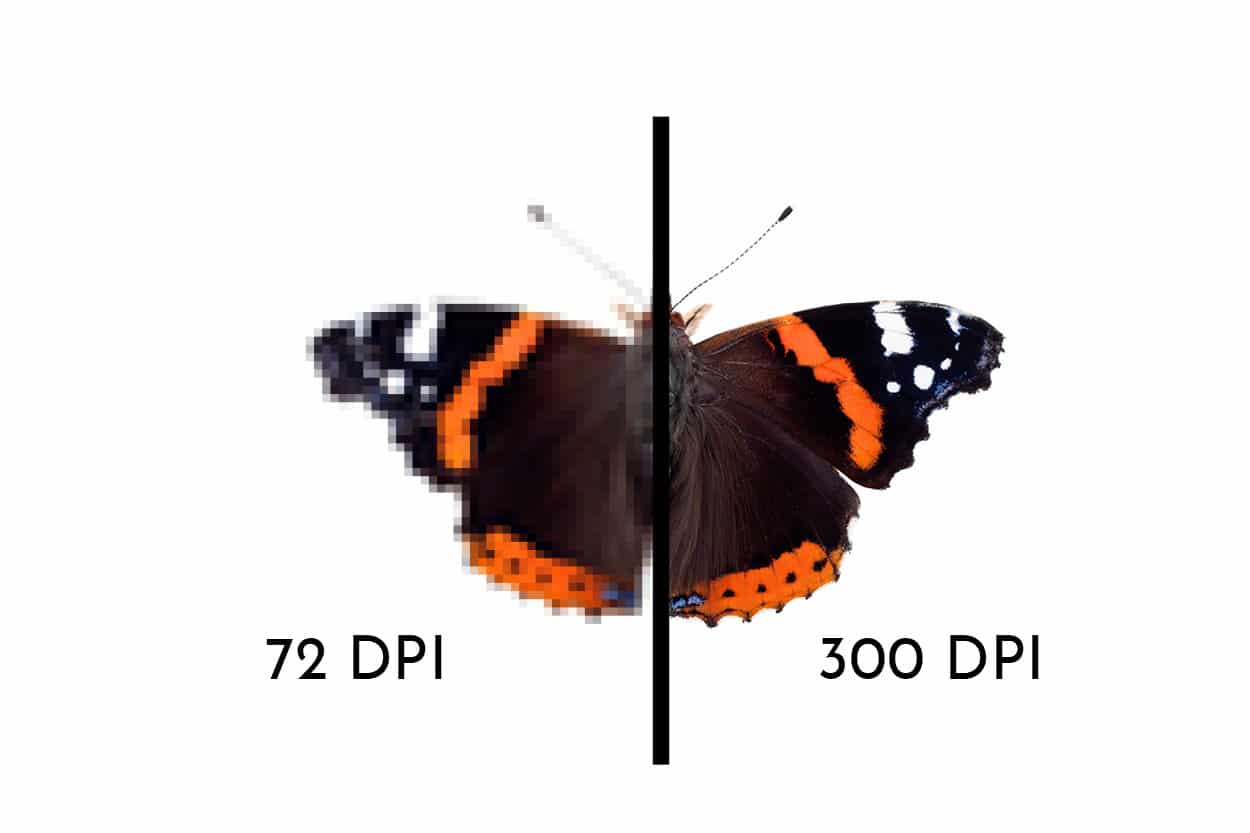
Paper types
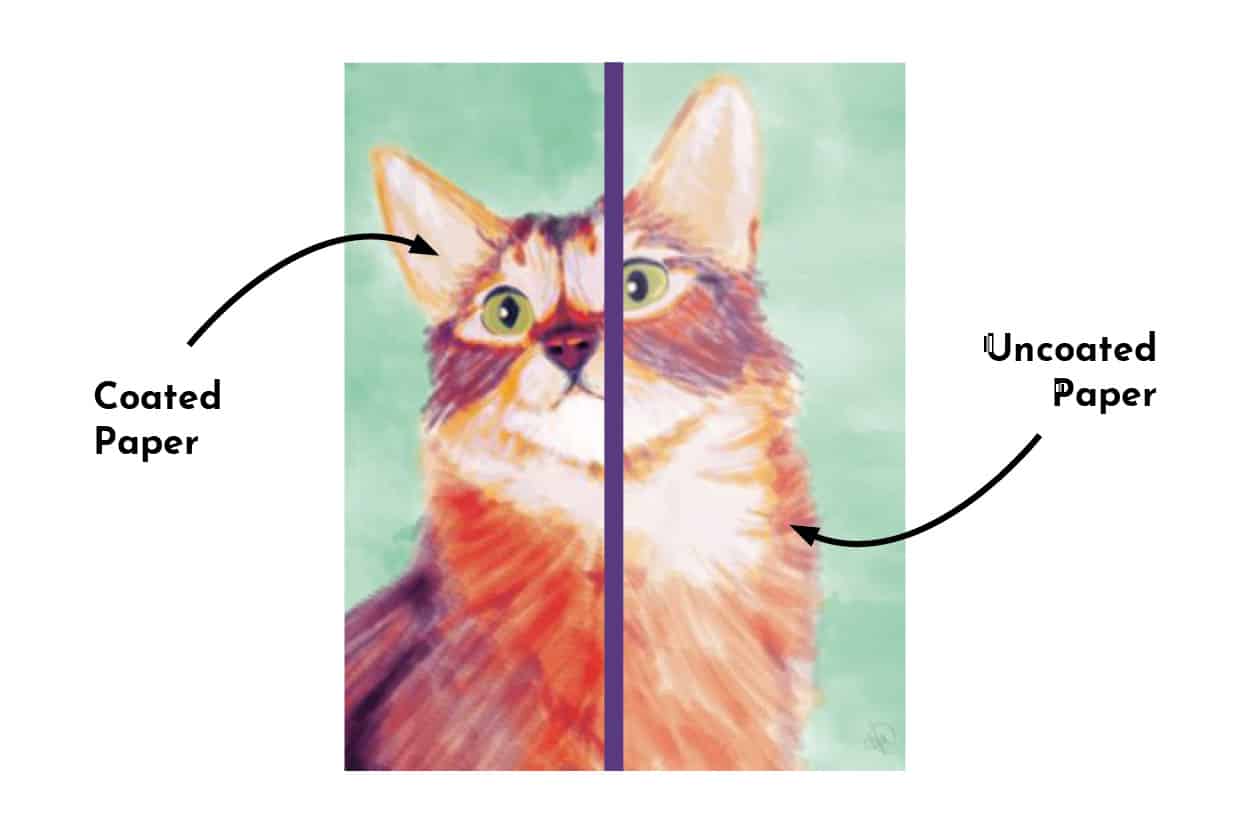
We use two standard paper types for the text pages of book printing, and these are:
- Uncoated: plain paper with a slightly rough finish.
- Coated: shinny paper with a China clay coating.
Coated papers come in a variety of different finishes, but where a coated paper is requested, we normally use a Silk coated stock which is ever so slightly less shiny than its Gloss counterparts.
Typically, uncoated paper would be used for an all-text publication whereas silk coated stock would be more applicable when your book contains photographs or illustrations.
Cover types and finishes
Perfect bound books (see below) are finished with a heavy card cover which wraps right around the book and is glued in pace with a strip of hot-melt glue along the spine.
As a standard, we use a 300gsm book cover card which has a slight sheen on the outside and a plain uncoated inside.
Optional extras could include a varnished cover to increase the shininess or … gloss or matt laminate.
Laminated covers are very robust and lend either a super glossy or very matt finish depending on the type of film used.
Just one thing to watch for, whilst matt laminated covers look wonderful, they do show fingerprints up very effectively.
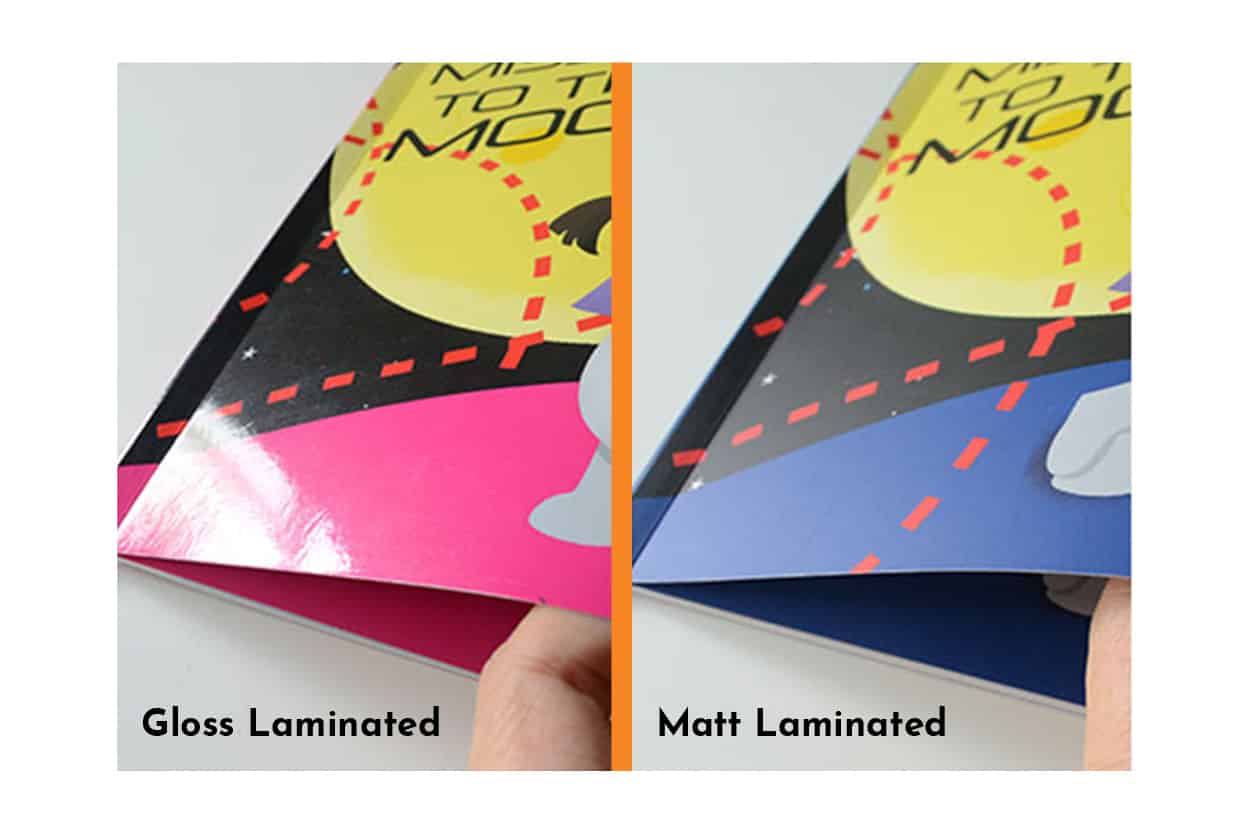
Binding methods
Short run book printing typically uses using the following two binding methods:
- Perfect Binding: the spines are glued into a wrap-round cover. Suitable for books with 40 or more inside pages.
Advantages: ideal where page-count precludes saddle stitching.
Disadvantages: prone to spine cracking and pages becoming detached if roughly handled and forced open by bending the book back on itself.
- Saddle stitching: the printed pages are folded in half and two wire staples or stitches secure the pages in place. Ideal where cost is a major consideration and for booklets containing 40 or fewer text pages.
Advantages: ideal where budget is a consideration or page count is low.
Disadvantages: looks cheap and not suitable for books with a high page count.
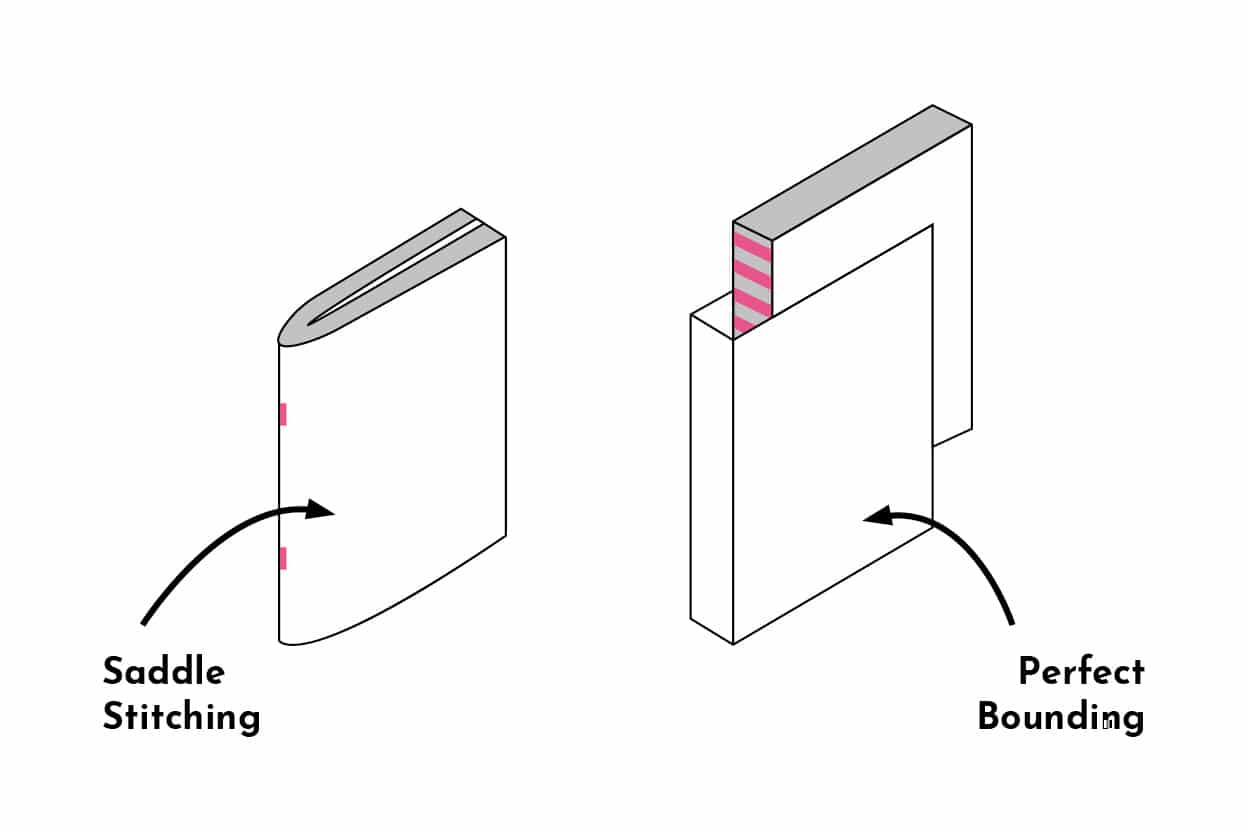 A third option could be casebound books or what are commonly call hardbacks. This is the most durable binding method, but the cost is usually prohibitive for all but the most prestigious books.
A third option could be casebound books or what are commonly call hardbacks. This is the most durable binding method, but the cost is usually prohibitive for all but the most prestigious books.
Typically, casebinding could double or treble the cost and lead time of a project which is why it is so rarely used.
ISBN Number
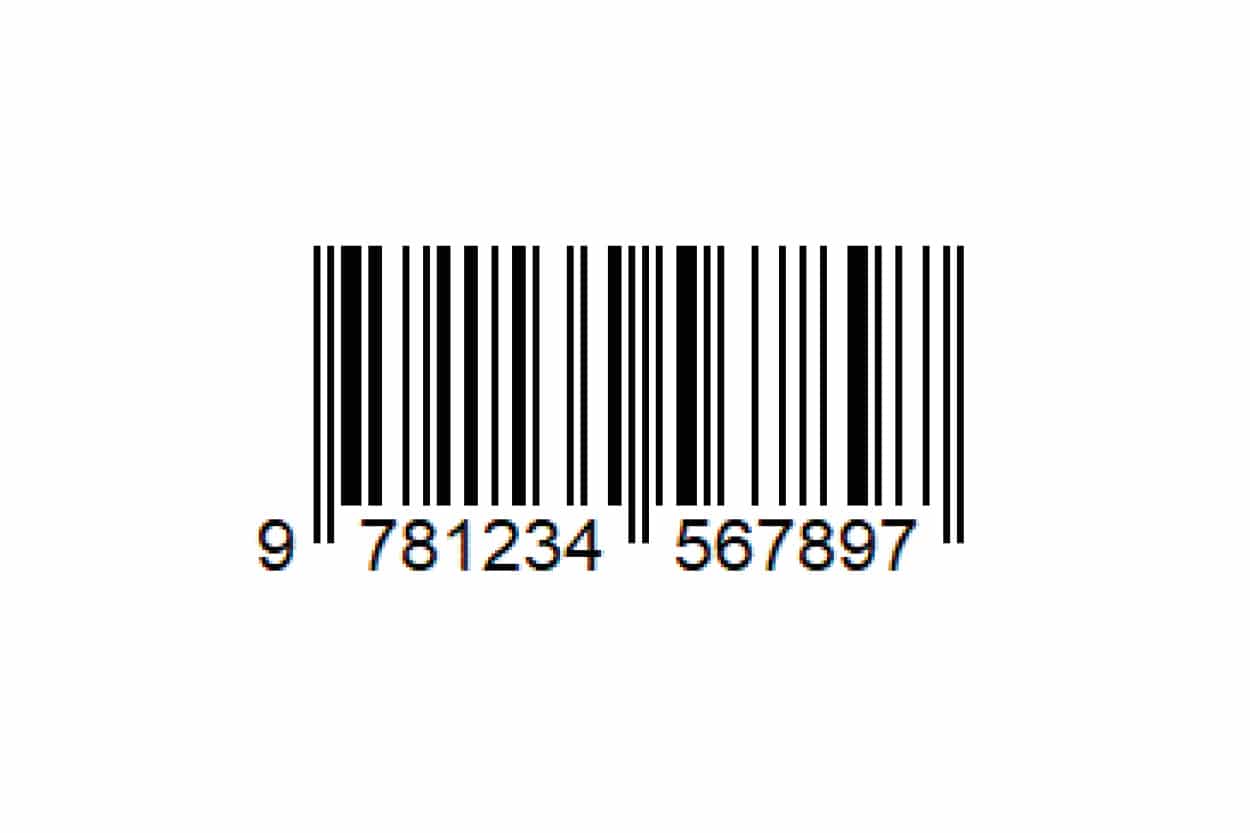
An ISBN is an International Standard Book Number which is a unique numeric commercial book identifier.
As a rule, it will be printed on a book’s back cover in the form of a bar code.
We hold blocks of numbers on file here and can provide you with one for your publication with ease, if required.
As part of the service, we also send six printed copies of your book to the Agency for Legal Deposit Libraries where details of your publication are stored and circulated amongst the six legal deposit libraries in the United Kingdom.
And these are:
- The British Library, London.
- National Library of Scotland, Edinburgh.
- Bodleian Library, Oxford.
- Cambridge University Library.
- Trinity College, Dublin.
National Library of Wales, Aberystwyth.
Common Law Copyright
Common Law Copyright
Copyright protects your work and discourages others from using it without your permission and we recommend that you claim your right to protection under Common Law Copyright.
However, it should be remembered that Common Law Copyright is based on common law rather than through the protection of legislative law.
Placed at the start of your book, this notice is normally located after the title page but before the table of contents.
You automatically get copyright protection when you create: original literary, dramatic, musical, and artistic work, including illustration and photography.
Typical wording would look something like this:
Copyright © (year of publication) (author’s name)
The right of (author’s name) to be identified as the author of this work has been asserted in accordance with the Copyright, Design and Patents Act 1988.
All rights reserved. No part of this book may be reproduced or used in any manner without written permission of the copyright owner except for the use of quotations in a book review.
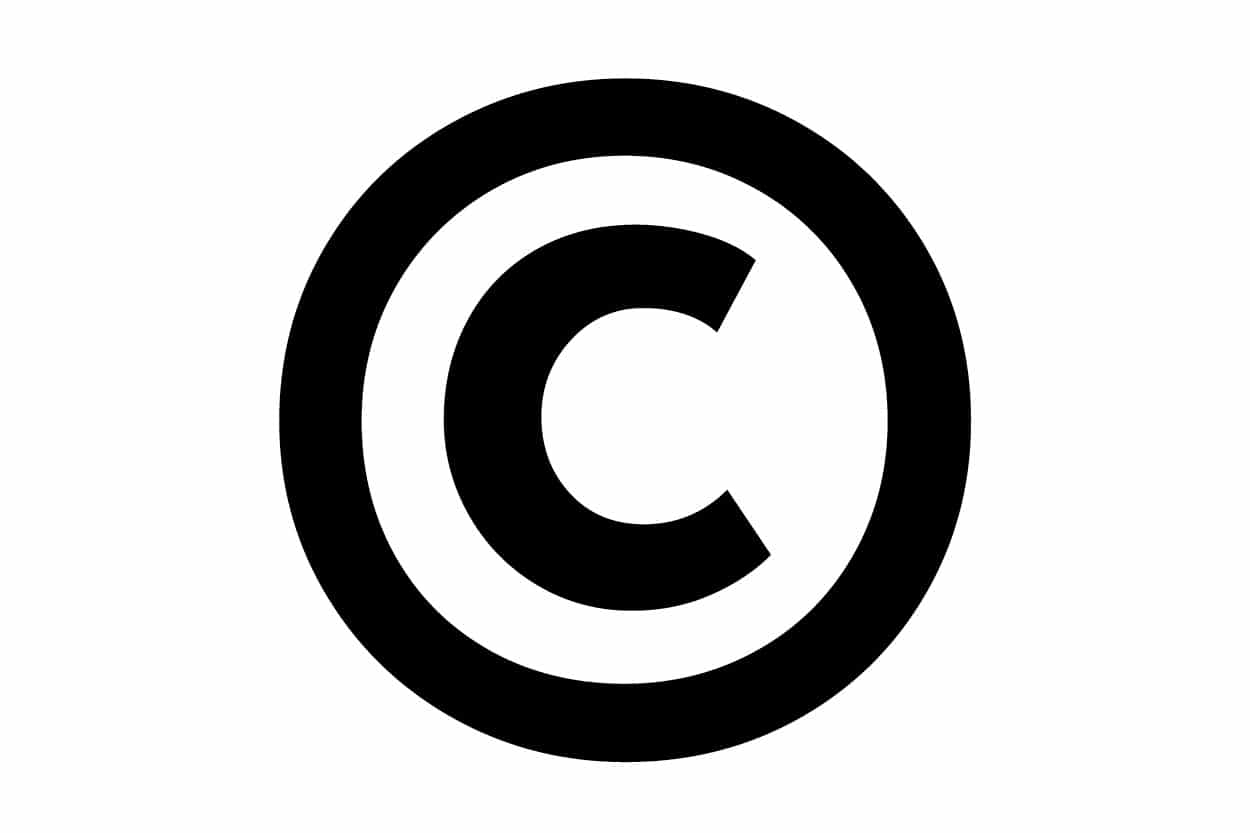
Let’s have a quick chat and guide you through all the options.
Just leave us your name and number and a convenient time to call back and we’ll be in touch.

Appendix 1
Margin guide
Margins – 15–20mm margins – left and right.
Margins –20mm margins top or bottom – no page number.
Margins –30mm margins top or bottom – with page number.
Page Numbers – can be centred or aligned to the left or right.

